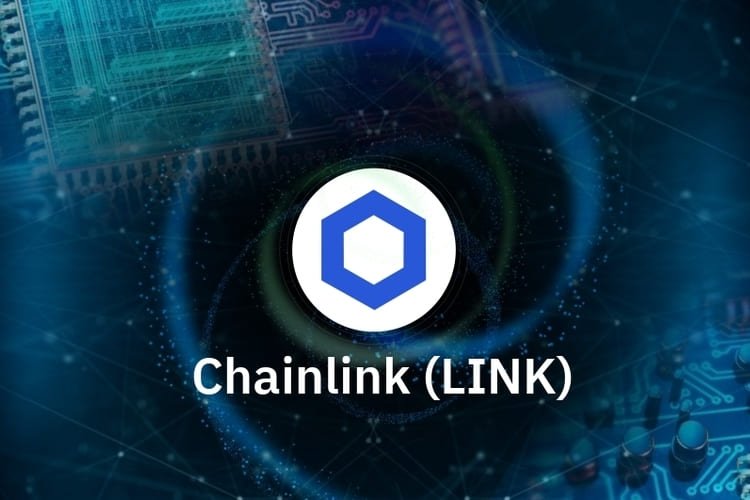Bond with the Same Chain: the Success Story of Chainlink

The story of Chainlink (LINK) reminds of the history of cryptocurrencies in general — it’s about the same obscurity, skyrocketing prices, panic-causing correction... No wonder many people question the reliability of this currency, is it possible to make money with LINK?
However, for those who managed to buy LINK on time, the last question sounds quite silly: Chainlink turned out to be a textbook example of a "to the moon" crypto. Those who bought it in 2018 have already received hundreds of percent ROI — unless, of course, they ordered themselves pizza following the infamous example of failed billionaire Laszlo.
Link between the worlds
Chainlink consists of two main parts capable of exchanging information: blockchain and off-chain. Thanks to this, the system can extract the necessary information from APIs, data pools and other resources from the off-chain, integrating them into the blockchain. This makes it possible to bind the terms of execution of smart contracts to the above-mentioned data from the real world, and the decentralization of the structure divided into nodes increases its resistance to various types of manipulation. The project continues to evolve — in May, support for Verifiable Random Function (VRF) was announced, which further protects data processed by oracles from falsification.
The game of blockchains
The real Zeus Capital, a UK bank with a solid history, has denied any involvement in the discrediting campaign, and circumstantial evidence points to Nexo Finance's involvement. Some users conducted investigations trying to prove or disprove their hypotheses. But it is impossible to unequivocally point out the culprits even now.
We are on the moon. What's next?
Chainlink was born in 2017. The ICO, which took less than half an hour, raised more than $30 million. Due to poor organization, not everyone was able to get coins, and this provoked a scandal. Such an incident could "kill" the credibility of the young project, but luckily, everything ended well for Chainlink.
LINK price began to go up in May 2019, reaching $3.80 by June 30. But the real excitement was yet to come. Briefly interrupted by the March 2020 collapse, the price began to rebound sharply, until it skyrocketed in late July, peaking at $19.11 on August 16.
Recently it became known that 100% of wallets with LINK turned out to be profitable, which means that at that time almost all owners of this cryptocurrency purchased it for less than it cost at the time of the study. For comparison, this figure for BTC is about 90%. Perhaps the main reason for the success of the project was a smooth fit in the trend. Decentralized finance (DeFi) is one of the main directions of development of crypto technologies, and Chainlink is best of all that reliable oracles which are needed there.
However, for both Chainlink and cryptocurrencies in general, this rhetoric has too often proved to be unwarranted. Of course, sooner or later the price of crypto will fall — no trend is endless. But how deep this fall will be, and how will it rebound — is an unknown area. Over the past few days, the price of LINK has changed from $13.79 to $15.95 and at the time of this writing has leveled off at $15.3, firmly holding the 5th position in the ranking.
Image courtesy of Coinotic